20 incredible photos from one of the most legendary war photographers of all time, who was killed on assignment during the Arab Spring
Campbell and Hondros first met freshman year of high school. The two bonded instantly. "He had this unnatural confidence that you don’t see in kids that age ... That self-assurance that he exuded became his trademark throughout his life," Campbell said.

Campbell described Hondros as a person who "set his own rules" and had a "unique ability" to look at a goal, like becoming a foreign correspondent, and set out the building blocks to get there.
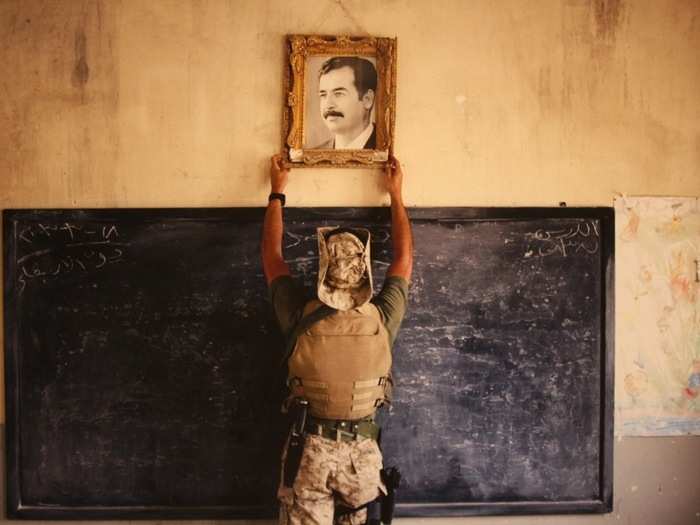
"It's empowering to have someone in your life like that." he said. "He was always there to give you a shot in the arm."
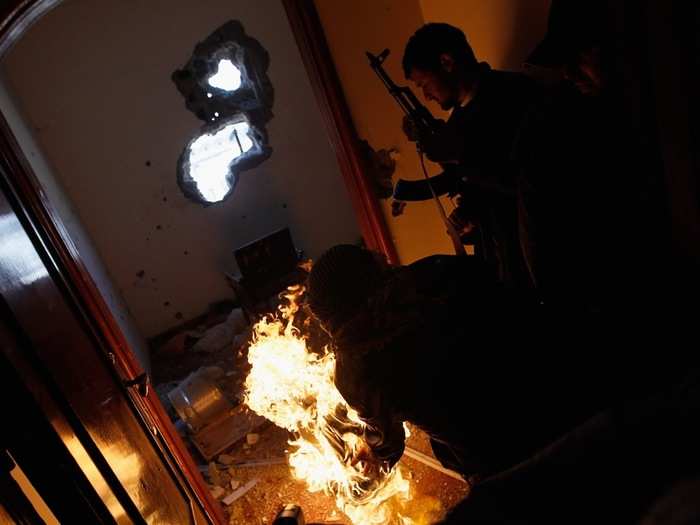
Hondros' first experience covering conflict was the Kosovo War in 1998. "He went out to that and never looked back," Campbell said.
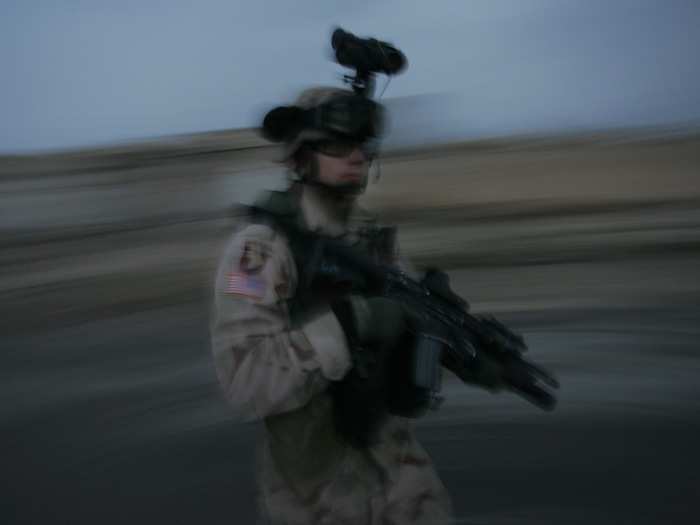
Hondros was particularly well-suited to war photography because of his "natural ability" to stay clear-headed in dangerous situations, identify risks, and still locate the story, Campbell said.
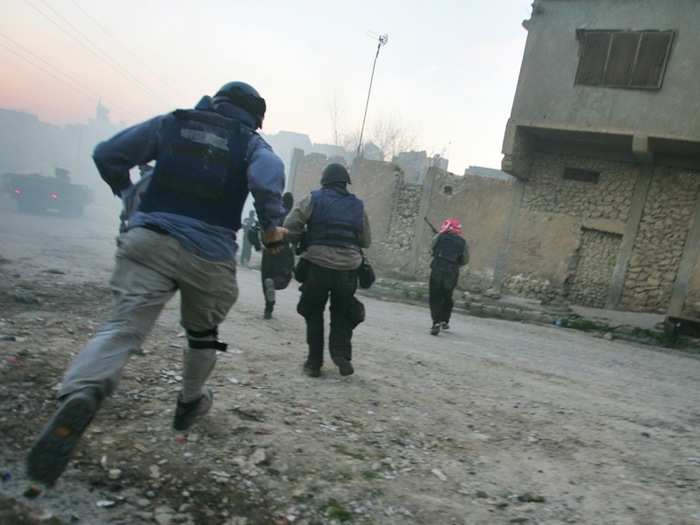
Hondros felt very strongly that the wars in Iraq and Afghanistan needed to be covered extensively, believing they were "the most important story of our time," Campbell said.
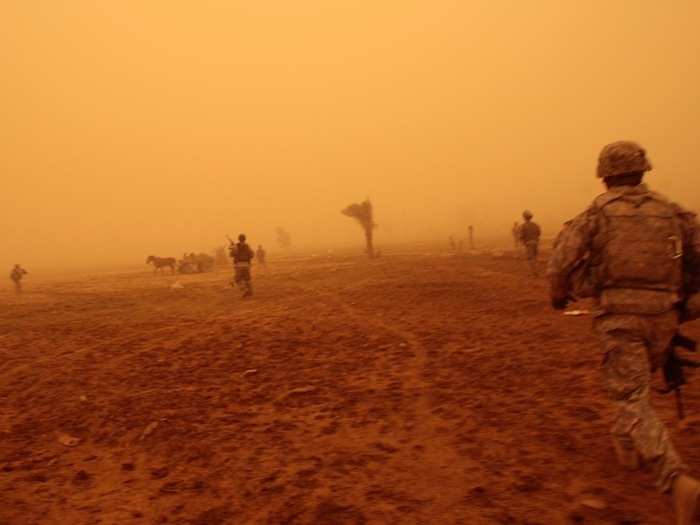
"It is the occupation of a country by US forces. People were dying because of the politics and policies put in place by the US," Campbell said of Hondros' rationale.
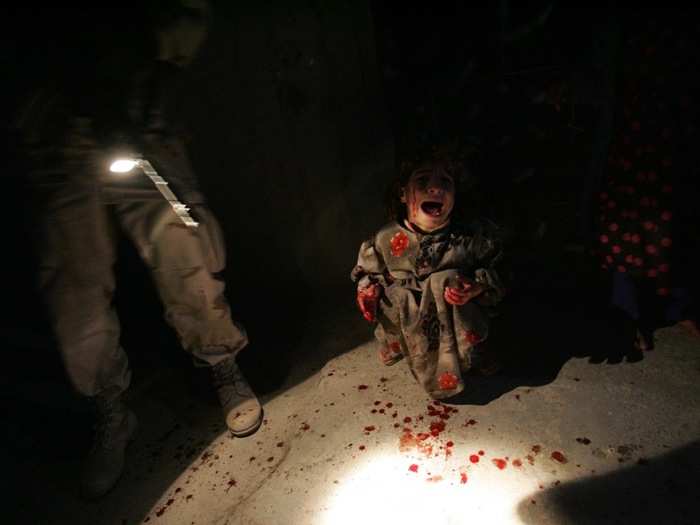
Hondros grew frustrated that as the wars dragged on, news organizations lost interest in coverage. "He felt people needed to be there for the American public to witness it. He took that responsibility very seriously," Campbell said.
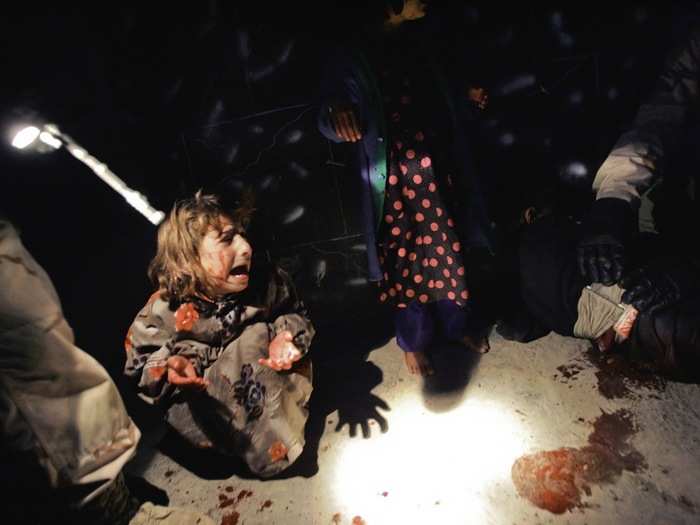
Campbell and Hondros frequently covered stories together, in particular traveling together to Sierra Leone and Kosovo.
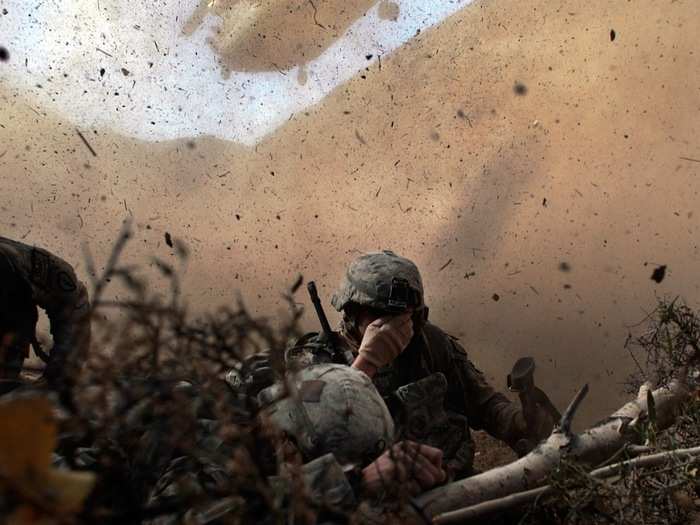
But Campbell eventually shied away from the front lines. Hondros never did. "I had never seen anything so horrible or been in such a bad conflict environment, but I had seen enough to know that I didn’t need to go any further," Campbell said.
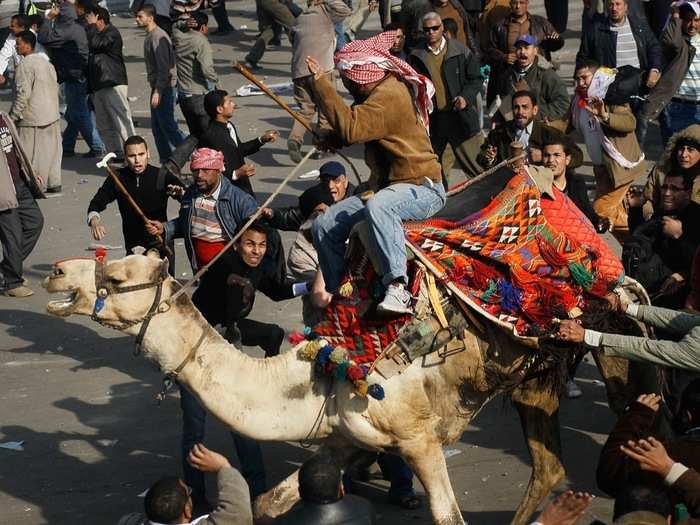
Hondros was always trying to get Campbell to join him on assignments. Campbell said he always found some excuse not to go.
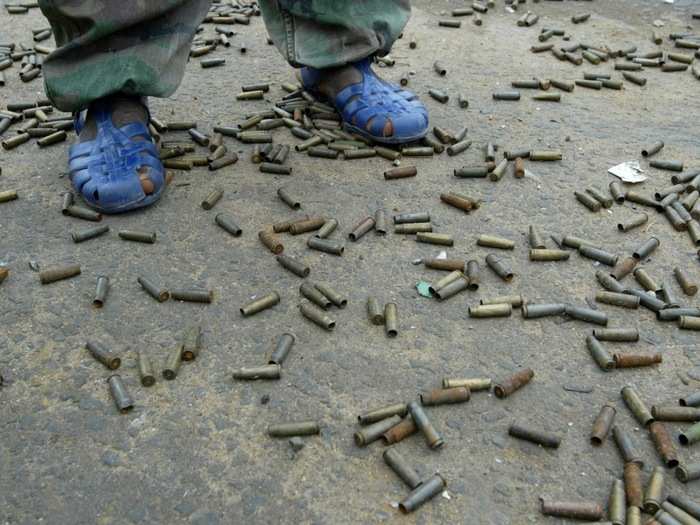
Hondros became known for finding "humane moments" in the conflicts he photographed, with a particular focus on the children caught up in the wars he covered.
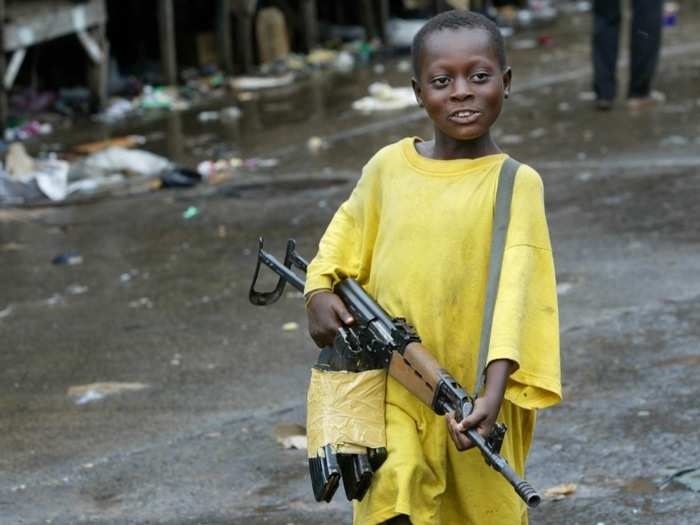
In 2011, Hondros asked Campbell to join him in reporting from Libya. "For some reason, I said I’d go. I had every reason not to go," Campbell said.
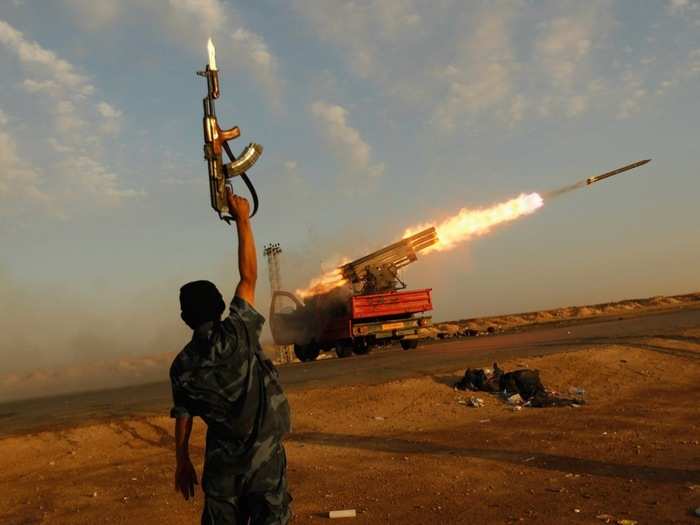
"He was always pestering me to go along with him, and then I ended up acquiescing on what would be his last assignment," Campbell said.
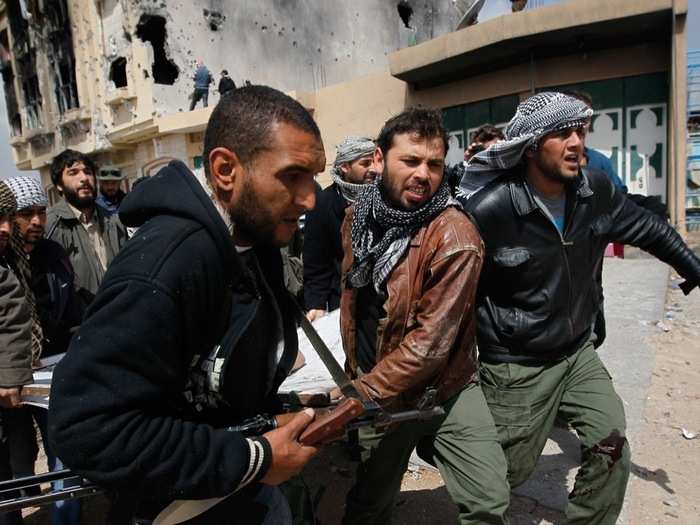
The two reported on the conflict from Benghazi together. It was Campbell's first time to the front lines in a long time. He coped by filming Hondros with a video camera.
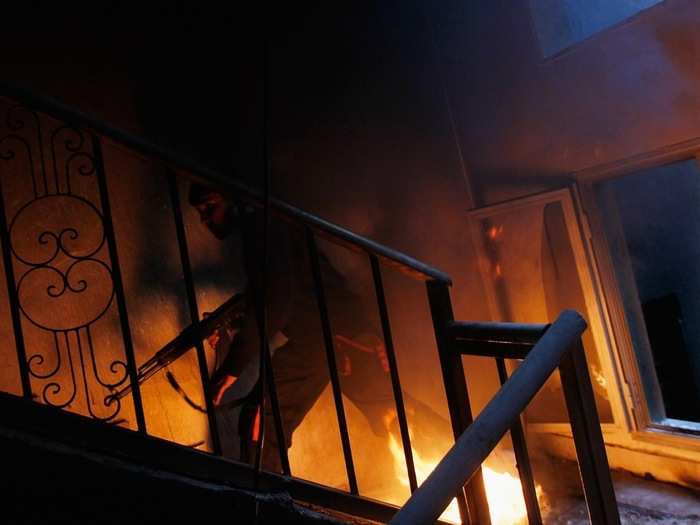
"I found quickly that I needed something to occupy my mind [on the front lines]," he said. When the conflict moved to Mizurata, a 20-hour boat ride away, Campbell decided to head home.
!["I found quickly that I needed something to occupy my mind [on the front lines]," he said. When the conflict moved to Mizurata, a 20-hour boat ride away, Campbell decided to head home.](https://staticbiassets.in/thumb/msid-62975608,width-700,height-525,imgsize-81030/i-found-quickly-that-i-needed-something-to-occupy-my-mind-on-the-front-lines-he-said-when-the-conflict-moved-to-mizurata-a-20-hour-boat-ride-away-campbell-decided-to-head-home-.jpg)
This photo was taken by Hondros on the day he died after being hit by a mortar shell. New York Times photographer Tim Hetherington also died in the attack.
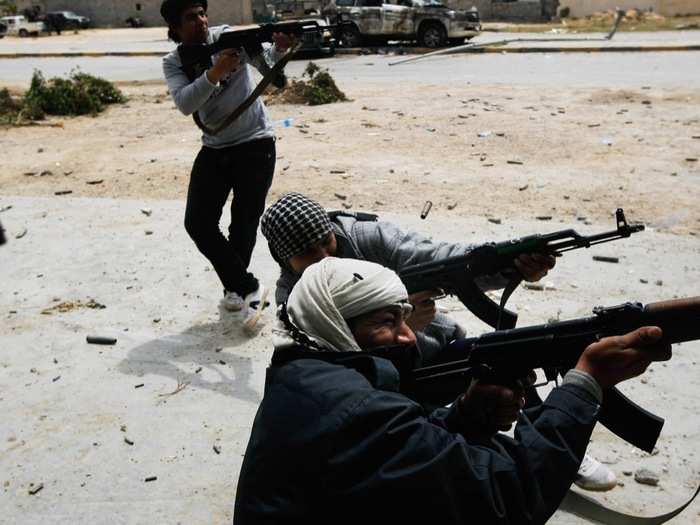
"It took me a nonstop year to come to terms with his death. What if I changed the calculus and told him not to go? There was a lot of second guessing. It all seems pointless to wonder about now," Campbell said.
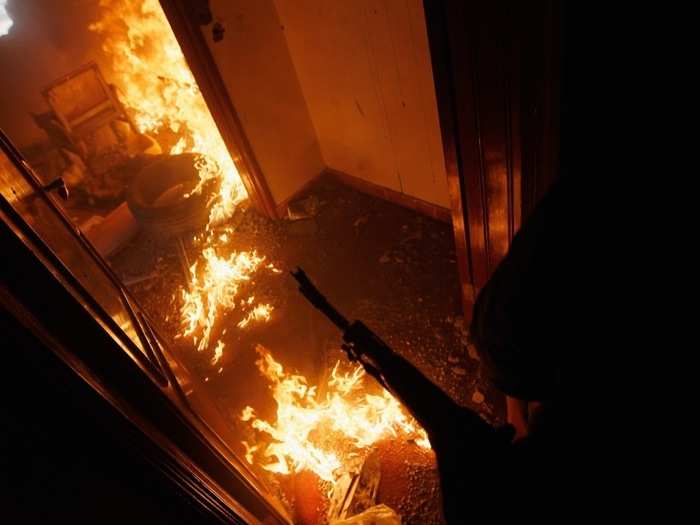
After Hondros' death, Campbell began to retrace his career by going to places he had photographed. Campbell was contacted by this man, Joseph Duo, who told him that Hondros had returned to Liberia to help him graduate high school, college, and law school.
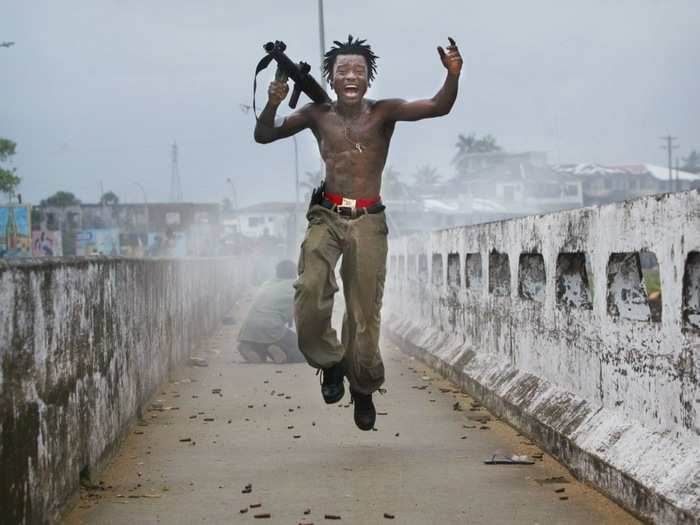
As Campbell traveled to the former conflict zones, he said he found people "from every corner of the globe" who loved Hondros. Visiting the conflict zones allowed him to do what Hondros would have wanted, which was bring the focus in the documentary to the people affected by the events he photographed.
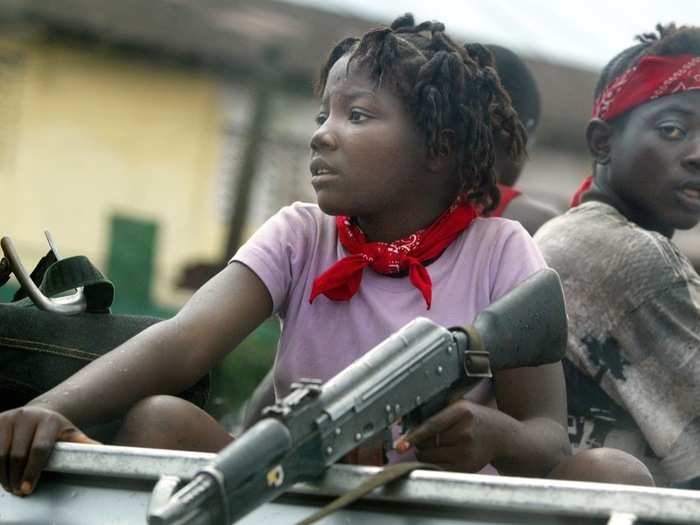
Popular Right Now
Advertisement